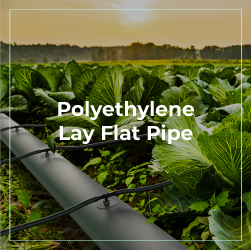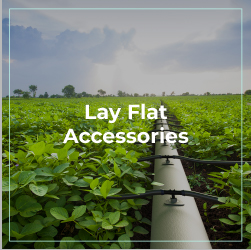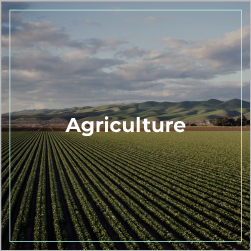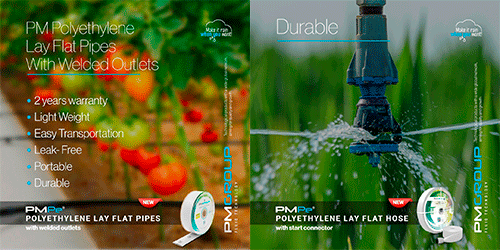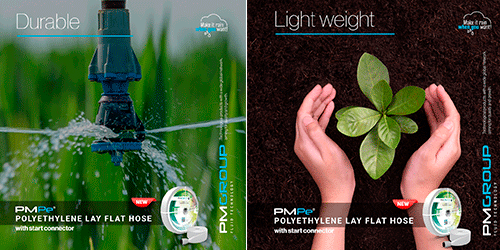Drip irrigation is an innovative and efficient method of watering crops that delivers water directly to the root zone of plants. This system reduces water wastage and enhances crop productivity, making it increasingly popular among farmers worldwide. In this article, we will explore the benefits of drip irrigation, its components and working mechanism, the impact on crop yield, and its role in sustainable agriculture.
Benefits of Drip Irrigation
One of the most significant advantages of drip irrigation is its ability to conserve water. Traditional irrigation methods often lead to substantial water loss through evaporation and runoff. In contrast, drip irrigation minimizes these losses by providing a slow and steady supply of water directly to the plants.
This precision not only saves water but also reduces the energy required for pumping. Additionally, drip irrigation can improve crop quality and yield by ensuring that plants receive the optimal amount of moisture, thereby promoting healthy growth and reducing the risk of diseases related to overwatering.
Moreover, the water conservation benefits of drip irrigation extend beyond individual farms to have a positive impact on regional water resources. By significantly reducing water usage, farmers can alleviate pressure on local aquifers and rivers, helping to sustain these vital ecosystems. This is particularly crucial in areas facing water scarcity, where every drop counts.
The efficient use of water also translates to lower utility costs for farmers, allowing them to allocate their resources more effectively. Furthermore, by minimizing the occurrence of waterlogged soils associated with over-irrigation, drip systems help maintain soil structure and health, promoting biodiversity in the soil ecosystem. Ultimately, the water-saving capabilities of irrigation not only enhance agricultural productivity but also support broader environmental sustainability efforts, making it a key technology in modern agriculture.
Components and Working Mechanism
A drip irrigation system consists of several key components, including a water source, filters, pressure regulators, and drip emitters. Water is transported through a network of tubing, which can be customized to fit the layout of the field. Filters remove any debris that might clog the emitters, while pressure regulators ensure that water is delivered at a consistent rate. Emitters release water slowly and evenly at the base of each plant, allowing for deep root penetration. This targeted approach not only maximizes water efficiency but also minimizes weed growth, as only the plants receive moisture.
Additionally, the adaptability of drip irrigation systems makes them suitable for a wide range of crops and terrains. Farmers can design their systems to accommodate various plant types, growth stages, and field conditions, ensuring that each crop receives the precise amount of water it needs for optimal growth. This flexibility also allows for the integration of fertigation, where fertilizers are delivered through the irrigation system along with water.
By synchronizing water and nutrient delivery, plants can absorb these essential resources more efficiently, leading to enhanced growth rates and better crop quality. Furthermore, the ability to automate irrigation systems with timers and sensors means that farmers can optimize their water use based on real-time soil moisture levels and weather conditions, further improving resource management and reducing labor costs.
Drip Irrigation and Impact on Crop Yield
Numerous studies have shown that drip irrigation significantly increases crop yield compared to conventional methods. By providing consistent moisture and nutrients directly to the root zone, plants can grow healthier and more robust. This method is particularly beneficial in arid and semi-arid regions, where water scarcity is a critical issue.
Farmers using irrigation report higher production levels, which can lead to increased profitability. Moreover, the improved water use efficiency allows for the cultivation of high-value crops that would otherwise be unfeasible in water-limited environments.
In addition to enhancing crop yield, irrigation also contributes to improved soil health. By delivering water precisely to the root zone, this method encourages deep root growth, which helps plants access nutrients more effectively and promotes soil aeration. Healthier soils can retain moisture better, reducing the need for frequent irrigation. Furthermore, irrigation minimizes soil erosion and runoff, preserving topsoil quality and structure.
This is particularly important in regions prone to drought or heavy rainfall, where conventional irrigation methods can lead to significant soil degradation. As a result, farmers who implement drip irrigation not only experience immediate benefits in terms of crop productivity but also contribute to long-term sustainability of their land, ensuring its viability for future generations.
Drip Irrigation and Role in Sustainable Agriculture
As the global population continues to rise, the demand for food is increasing, placing immense pressure on agricultural resources. Drip irrigation plays a crucial role in promoting sustainable agricultural practices by conserving water, reducing fertilizer runoff, and improving crop yields.
This system can help mitigate the effects of climate change by enabling farmers to adapt to varying weather conditions and reducing their reliance on scarce water resources. By adopting drip irrigation, farmers not only enhance their productivity but also contribute to the preservation of the environment, making it a vital tool in the pursuit of sustainable agriculture.
In conclusion, drip irrigation represents a transformative approach to farming that addresses both water conservation and agricultural efficiency. Its benefits, from increased crop yield to reduced environmental impact, underscore the importance of this technology in modern agriculture. As more farmers adopt drip irrigation, it holds the potential to revolutionize the way we produce food in an increasingly resource-constrained world.

